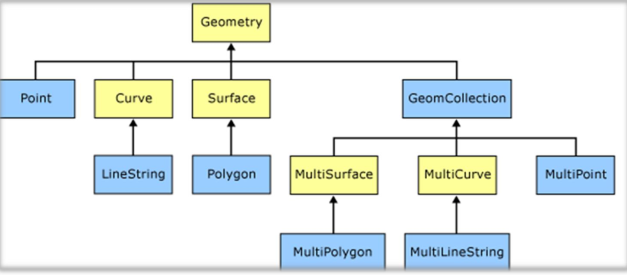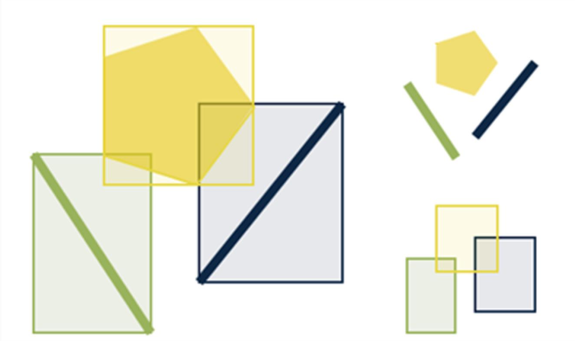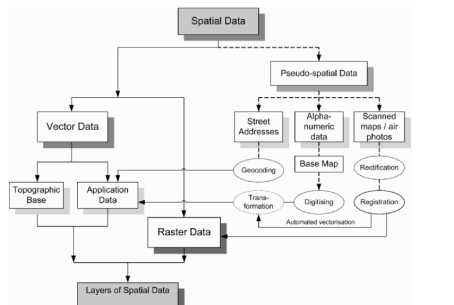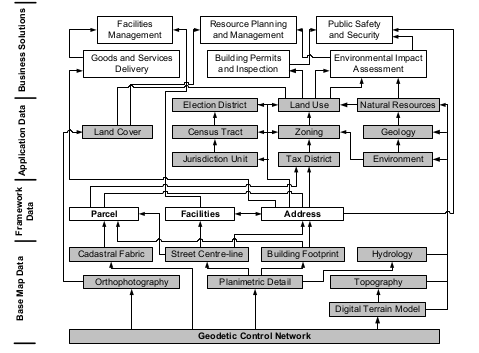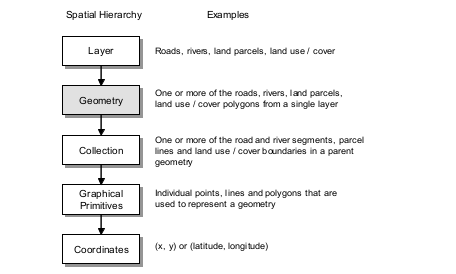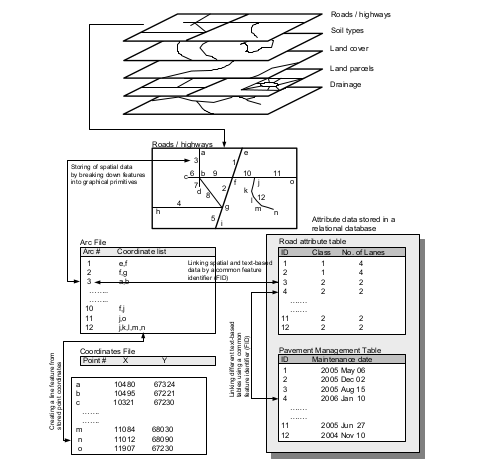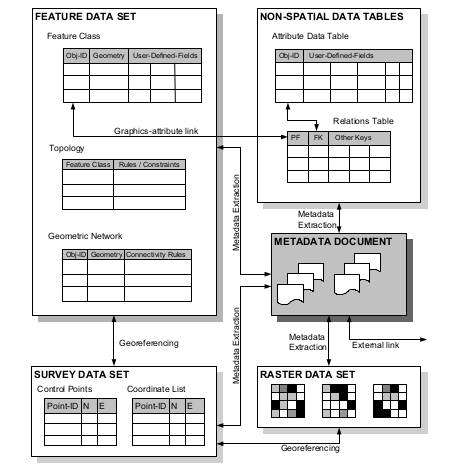Spatial database
Database systems that are enabled to store & manage geometries as special data types, as well as manipulate spatial objects
Key aspects
Spatial data types; point, line, & polygonSpatial indexing - for efficient processing of spatial operationsSpatial functions - for querying of spatial properties & relationships
